The modern age of Anime arrive in Japan in the 1960s, & over the coursework of the next decade or so boomed in to the huge robot, space battle style bender that they would soon recognize as the anime of today.





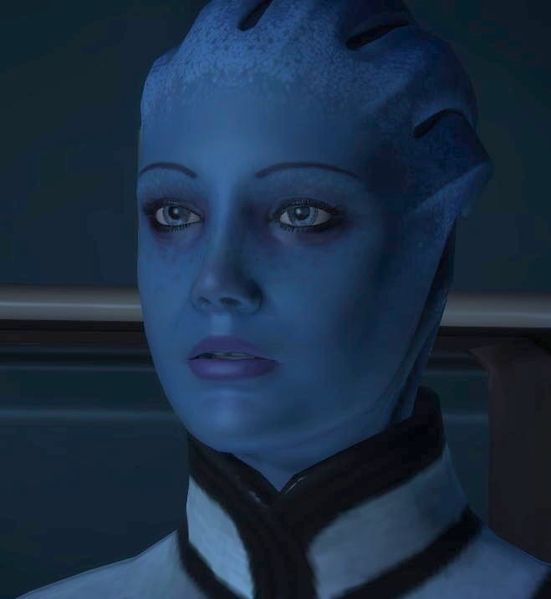






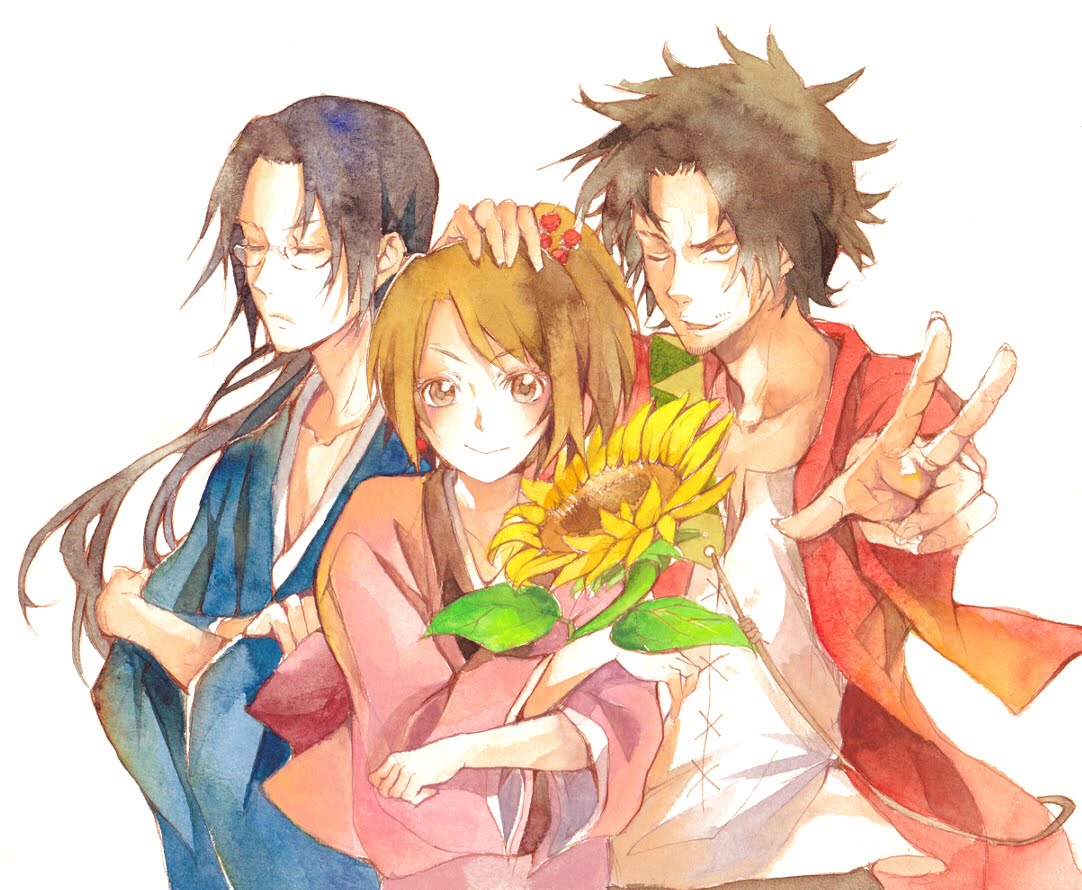

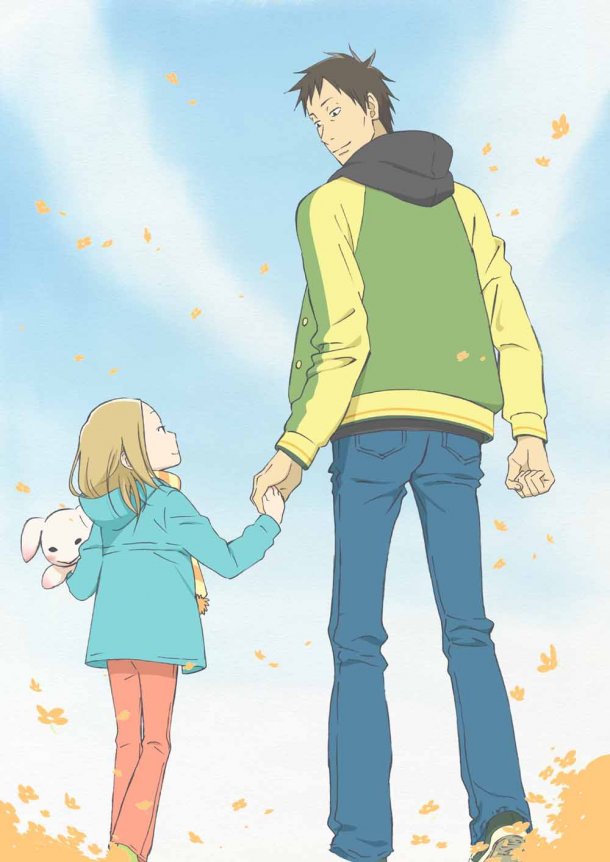
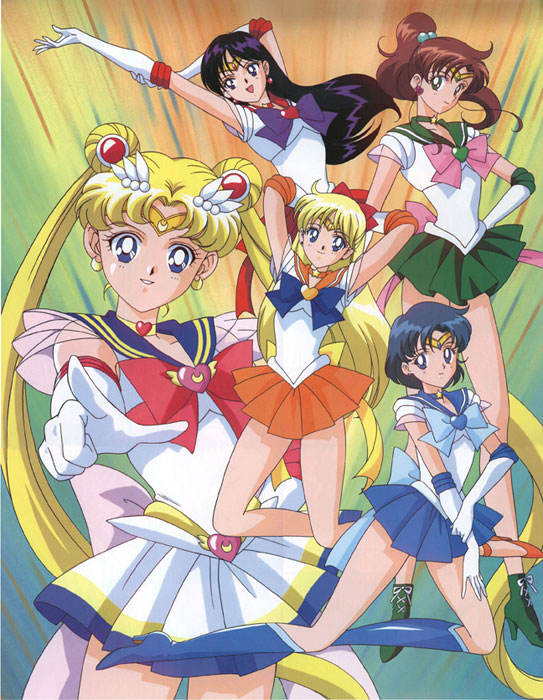

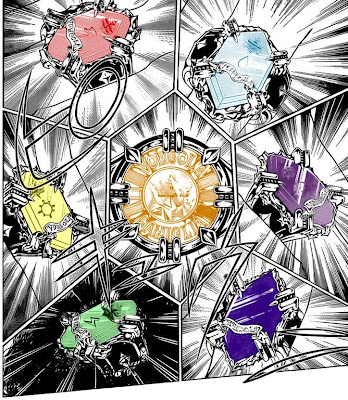




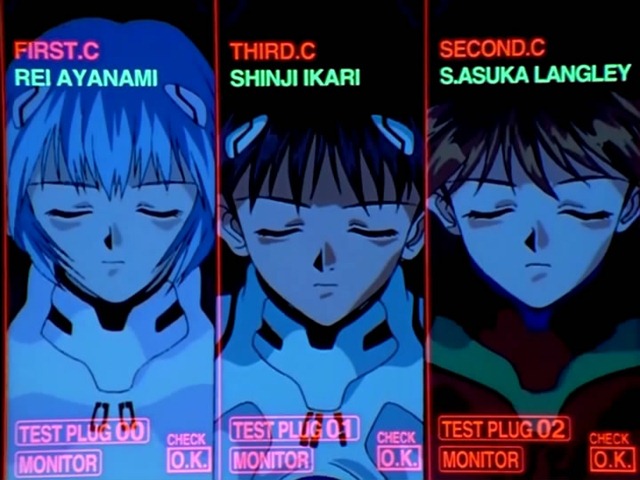
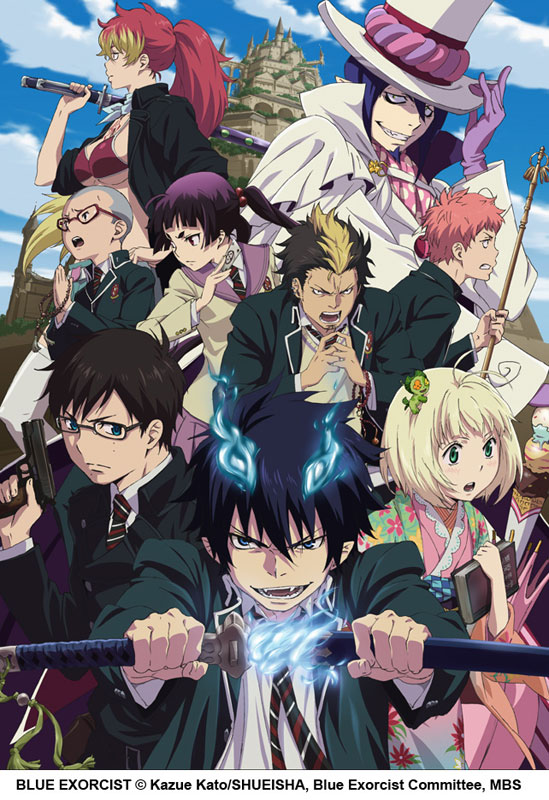

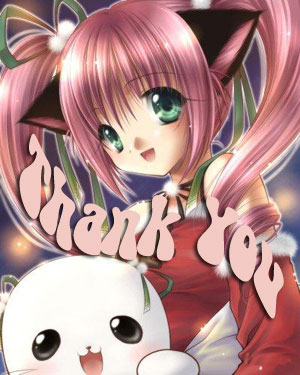






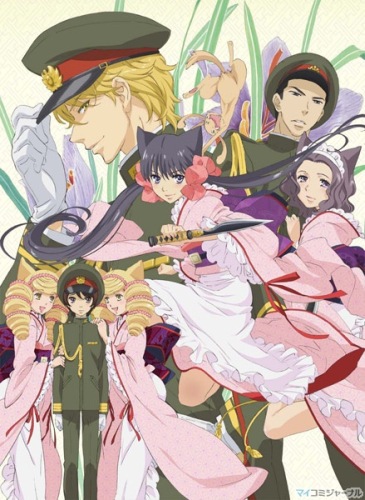

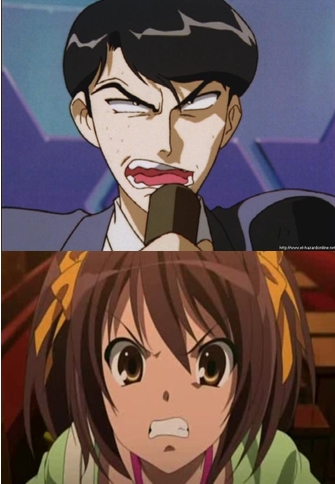

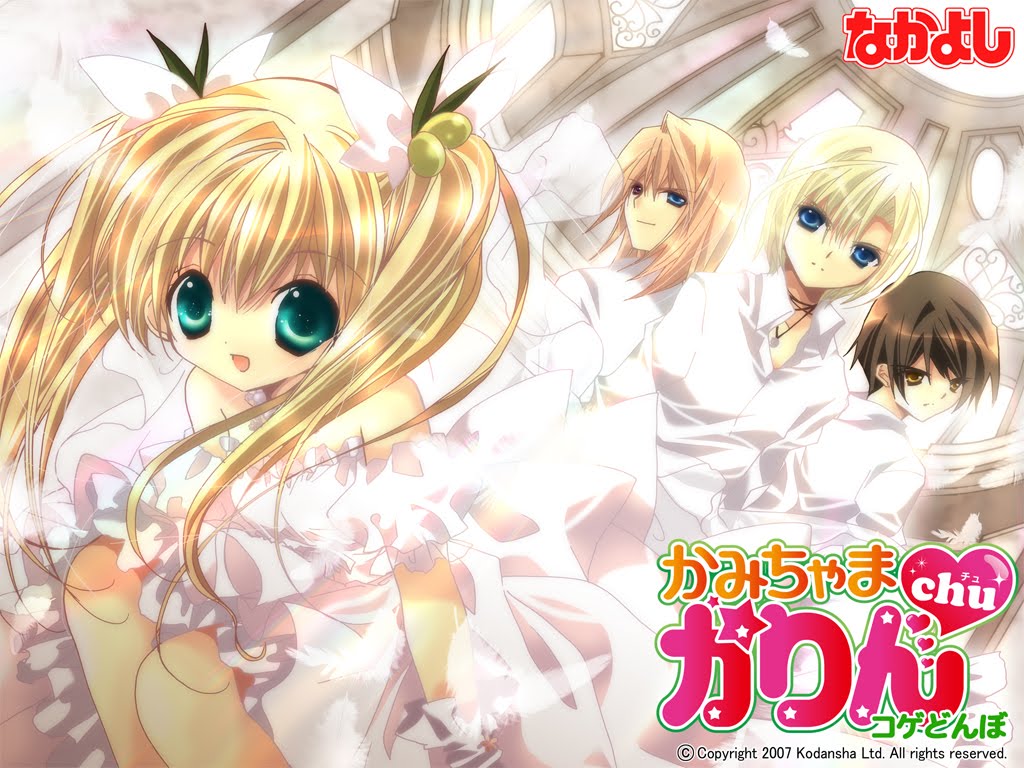






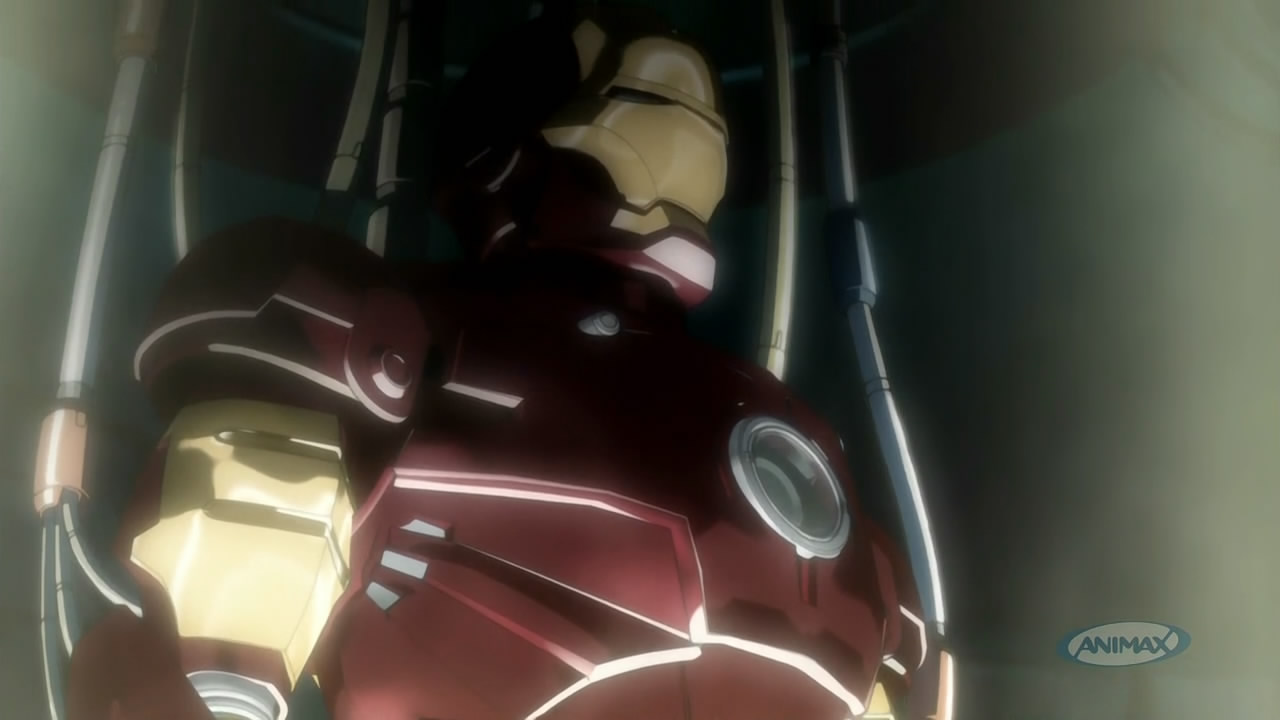
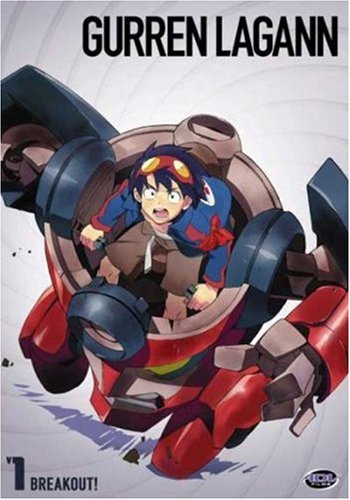











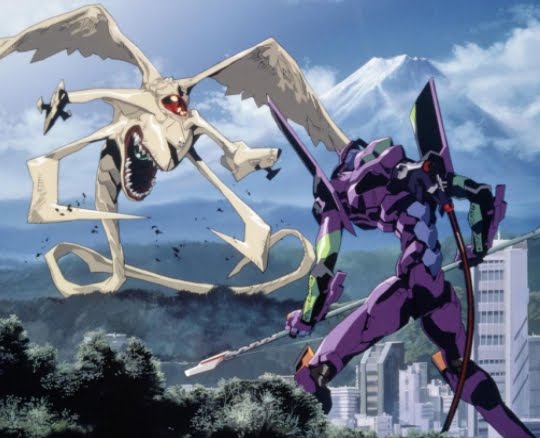


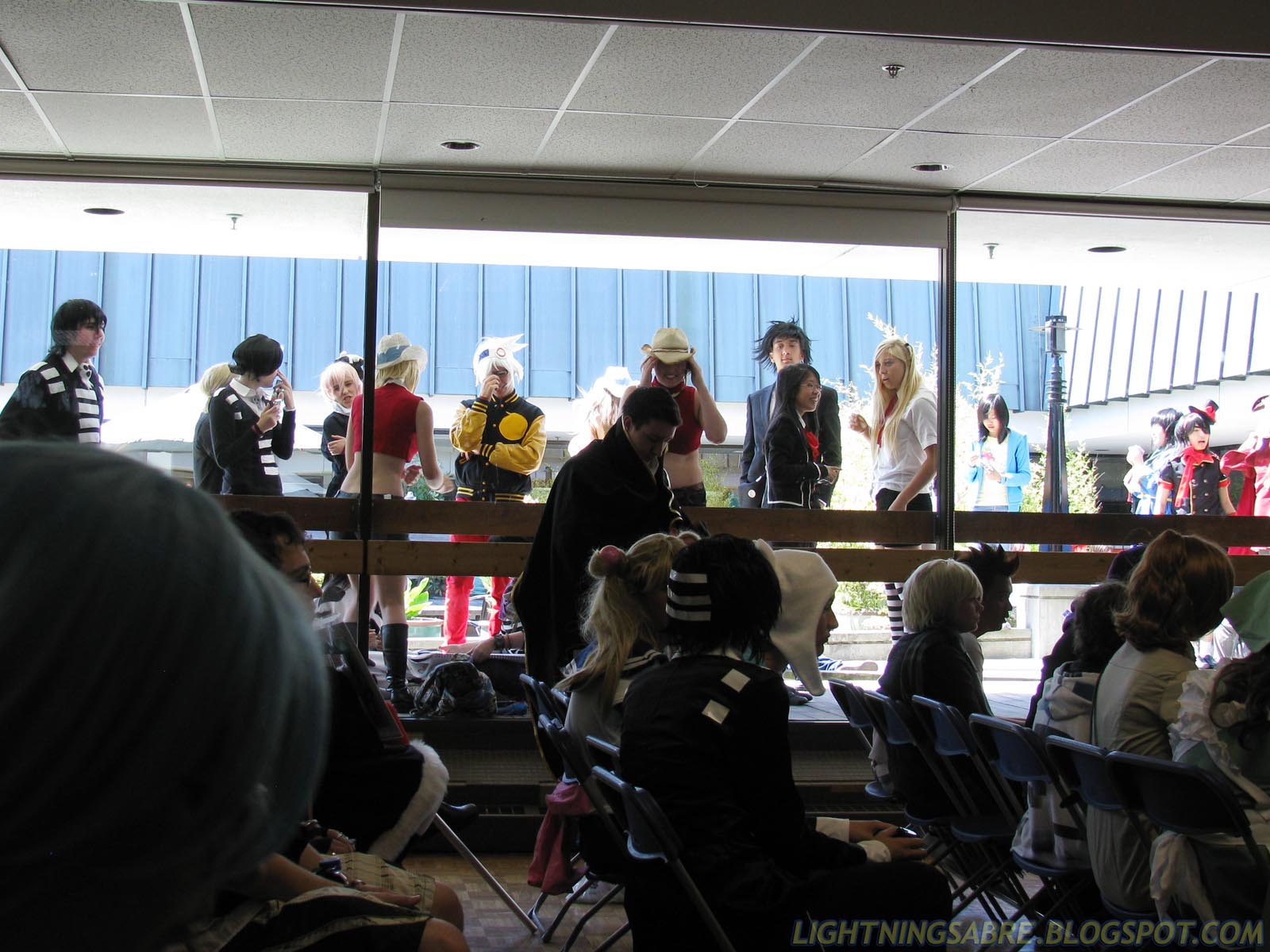
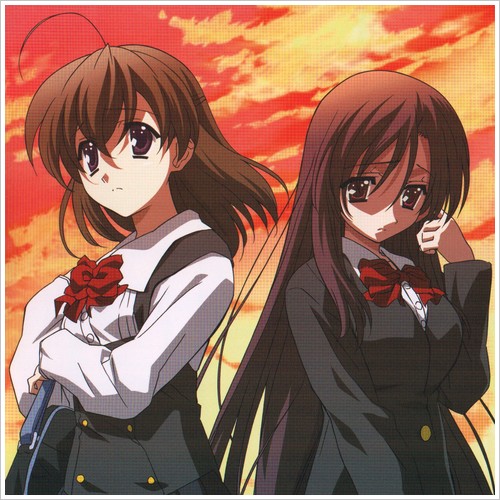
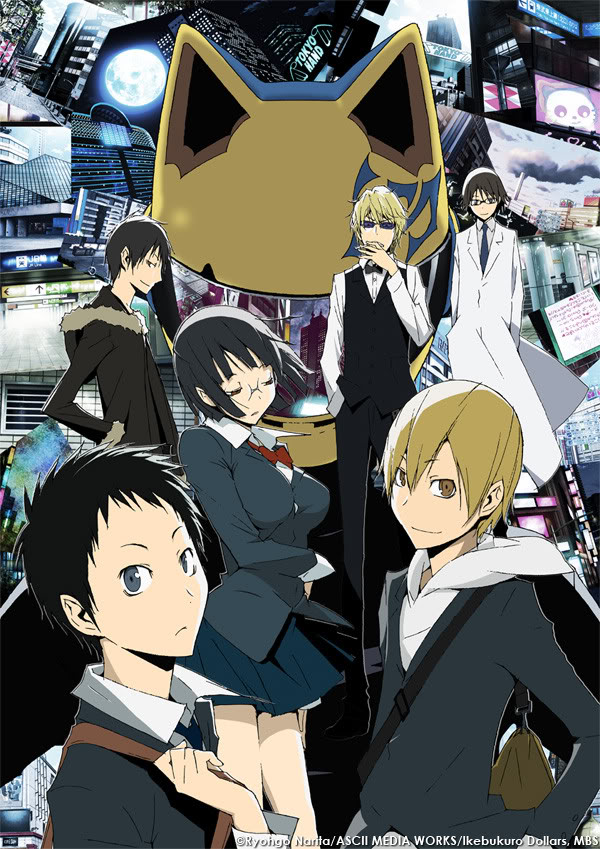

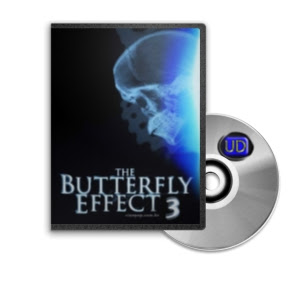


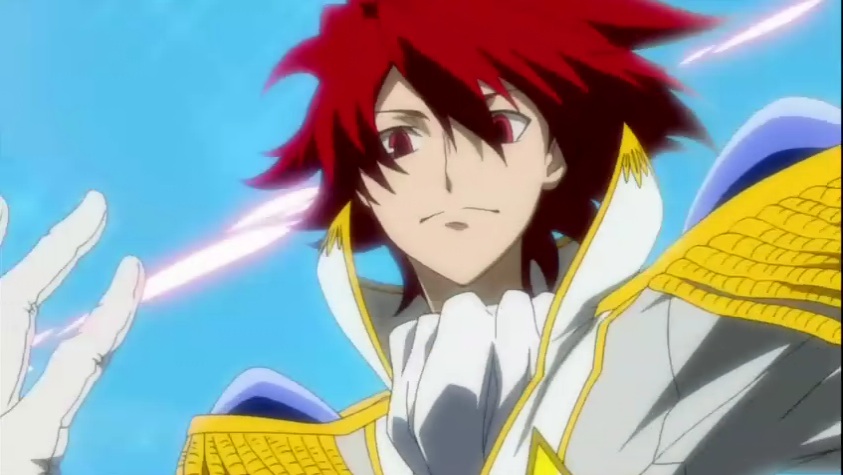



.jpg)













Anime first appeared in the US market in the 60s with shows like Kimba the White Lion & Astroboy. However, the national consciousness as to where these shows came from as well as the poor promotion of the shows made them forgettable & than a leaping in point, they act as a nostalgic reminder.
Evolving over the next 30 years or so, it reached a peak where it could start to overtake & become an integral part of other cultures, much like the Hollywood of the 1930s quickly grew to encompass the remainder of the world & tell their popular culture. In the same manner, American popular culture becomes increasingly informed by the trends & cult response to anime.
When Speed Racer arrived, the beginnings of a true consciousness that Japan was generating something new & fascinating began to set in. The popularity of Speed Racer was never that of its American contemporaries, but it created in a set fanbase the willingness to devour newer offerings later on in Starblazers & Robotech (a convoluted perversion of multiple animes, but still a relative success in the states). Still, the affect was mostly underground.
In the 1980s, the introduction of Beta & VHS made it feasible to join together with friends & watch more varying forms of anime. Truly it was the technological revolutions of the approaching years that would make it truly feasible for anime to perforate the American entertainment bubble. When Akira arrived in 1989, the effect was palpable. Receiving only a limited American screen release, few saw it in preliminary release, but the copying of VHS tapes & word of mouth made it something of a cult sensation. Those that knew of Akira were fans for life, eagerly awaiting their chance to partake increasingly of the growing trends out of Japan.
For Japan's part, this period was a period of major expansion, a veritable boom in the business. The 1980s saw the success of shows like Gundam & Dragon Ball overgrow the national consciousness & become runaway sensations. The explosion of the manga industry before hand, with serializations of works by Akira Toriyama & Katsuhiro Otomo in the early 80s simmered in the youth of Japan & finally seeing the commercial possibilities of these works, generating in the method a major conglomerate of companies in the Akira Committee to bring the huge budget of Akira to fruition.
By the 90s anime was the mainstream in Japan, and the result was the ramping up of production and increased output of shows. In part because of the simple, streamlined art style, multiple artist could work on a single project and generate on episode a week for years at a time, leading to monumental runs such as the case of Dragonball (156 episodes) and Dragonball Z (276 episodes). The ability to serialize and turn a narrative in to something that millions of youths would tune in to each and every week made companies billions (of yen) and secured the kinds of commercial sponsorships and funding necessary to undertake brilliant projects that would need giant sums of funds to complete.
Back in The united states, a few executives were beginning to see the effect these shows were having in Japan. Slowly and carefully they began taking the most popular, Dragonball Z and Sailormoon for example and finding timeslots early in the day, before the every day retinue of American cartoons, testing the waters of marketability. In 1995, the trickle of anime in to the states was that, a relative trickle. Sailormoon aired every morning in syndication, but chopped up and missing key seasons to relate the endings of important storylines. Dragonball Z ran an equally mild run early on Saturdays in syndication that was abruptly cut when the rights to the show were lost by the preliminary company and bought by Funimation.
All the while, works from Japanese masters like Hayao Miyazaki were being overlooked, passing unnoticed through limited release in the states, while making him a God of his craft in Japan. All the while companies like Manga, Funimation, and Viz were purchasing up licenses and releasing small known, untraceable shows that no knew the origin of. The shows were treated poorly, often dubbed and cut up to match American audiences. Viz even launched the first Anime journal in 1993 with Animerica, primarily reviewing their own products but still giving a view of the culture that no knew anything about.
In 1997, television networks made broad sweeping moves to bring shows to the mainstream. The Sci-Fi channel had always had a tiny niche in its latenight line up for cult classics like Vampire Hunter D, but Warner Bros finally brought the style to primetime. Funimation finally got their licensing figured out & Dragonball Z saw its triumphant return to the Cartoon Network, with new episodes to follow a year & a half later. & in 1998, a tiny known video game for the Gameboy exploded in the American market, bringing along with it its whole arsenal of promotion ploys, including the overwhelmingly immature, but enormously popular Pokemon anime. Finally, children across the nation were gluing themselves to the TV set as seriously as their Japanese counterparts had for a decade before hand.
But, in 1995, the release of the shows in The united states along with the premiere & rave reviews of Neon Genesis Evangelion in Japan, Otaku interest abroad began to spike. Otaku is a bid of a misnomer as it is a tiny bit of an insult in Japan, a mean spirited way to call someone a nerd. Here though, it usually means a purveyor of Japanese pop-culture & with the Otaku so in style right now it is less of an insult than a clique. The import & fan subbing of shows began in earnest by VHS editing program that few if somebody had access to. The early 90s was a time of large growth of interest in the tiny known import of Anime though, & the American marketplace wasn't slow to react.
Miyazaki's new film played to better reception, receiving a proper release by Miramax. Princess Mononoke was a success in the terms of the time, even receiving the coveted thumbs up (not to mention a review at all) from Siskel & Ebert. Films began to arrive in The united states more liberally, still finding limited release, but release at least. & the shows began to pour in. At the time, the fansub scene was more or less the only way to get access to some of the more obscure titles being released in Japan. But as the market boomed, so did the licensing by major companies, & it actually began to become illegal to fansub sure shows because they might be released by a company finally.
An whole generation grew in to the growing popularity & became entranced by the epic storylines, fabulous storytelling & ability to show in a cartoon what lots of thought about adult themes & far more mature perspectives on things like competition & personal success. The Japanese ability to cross style & the high production values that began to go in to shows made in the late 90s & beyond meant fabulous shows that appealed not to kids but to adults & beyond.
Now, in the event you turn on Fox kids in the morning you'll find over half of the shows on are animes. & Cartoon Network still presents multiple entries themselves, with more mature offerings in their Adult Swim block late at night. Spirited Away won the Oscar for best animation in 2003 & South Park, the quintessential American barometer of cultural trends at first knocked the trend with their Chinpokemon episode, later to embrace it (while still mocking it) by changing their own art style in the Weapons episode a couple years ago.
Now, they see new releases from Japan within six months, & the fansub community has to scramble to keep up with what is legal & what is not legal to offer by their online services. The world wide web itself has made it a giant community, where a show can be recorded on Japanese tv, ripped & subbed, then uploaded within a couple hours for the world to view. There is no lay over, & new shows are immediately available. & it is evident in the universities . Japanese is of the most sought after languages, filling up immediately with a yard long waiting list every year, & more sections being added every year.
Japanese popular culture managed to tap a sure point of view that American counterparts were unable to do themselves & in so doing, cornered & grew in a market that few thought existed in America.







































































.jpg)











